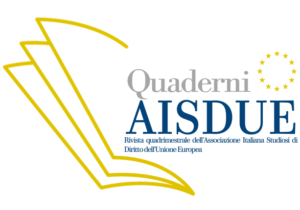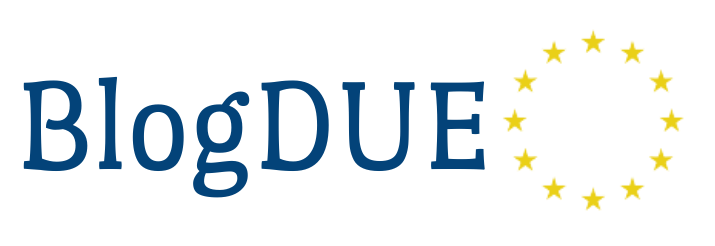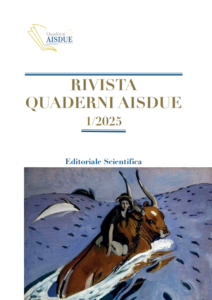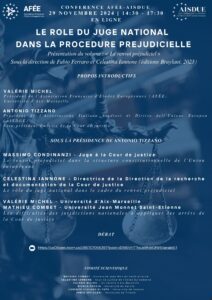Abstract (ITA)
Il regime europeo sugli aiuti di Stato negli ultimi anni è stato interessato da un profondo cambiamento che, a Trattati invariati, attraverso una serie di quadri temporanei, ha permesso il rilassamento delle regole sugli aiuti per supportare le aziende europee durante la pandemia e a seguito della guerra in Ucraina. Queste modifiche al regime tradizionale si inseriscono in un dibattito circa l’evoluzione delle regole sugli aiuti in considerazione di alcune sfide chiave che l’Unione europea deve affrontare, ossia la doppia transizione ecologica e digitale. La prima parte del contributo analizza il sistema di aiuti disegnato dai quadri temporanei che, da una parte, ha prodotto ingenti distorsioni sul mercato, avvantaggiando gli Stati che hanno una più ampia capacità fiscale, e dall’altra ha segnato uno storico cambiamento di paradigma soprattutto attraverso l’ultimo quadro di crisi e transizione che include importanti obiettivi di politica industriale europea, evidenziando così uno scostamento netto dall’impianto tradizionale sugli aiuti di Stato. La seconda parte del contributo esamina il collocamento delle regole dettate dai quadri temporanei all’interno del fondamento logico del regime tradizionale sugli aiuti e spiega come una lettura evolutiva delle regole sugli aiuti meglio interpreti la trasformazione del regime stesso da mezzo di integrazione negativa a mezzo di integrazione positiva. In questo contesto, si inseriscono anche lo sviluppo dei progetti importanti di comune interesse europeo, la disciplina sui sussidi esteri e la proposta di riforma dell’articolo 108 (1) TFUE, che verranno contestualizzati nel processo di cambiamento delle regole sugli aiuti.
Abstract (ENG)
The EU State aid regime has profoundly transformed in recent years through a relaxation of rules and procedures to swiftly and effectively support EU companies which have been suffering from the economic consequences of the pandemic and the war in Ukraine, albeit without formally amending the European treaties. Such new regime is also part of a wider debate on how State aid rules should adapt to the new economic challenges the EU has been facing, i.e., the double green and digital transition. The first part of the paper analyses the temporary frameworks for State aid. On the one side, temporary rules have produced distortions in the internal market as they have allowed Member states with a larger fiscal capacity to support their companies intensively, vis-à-vis Member states equipped with lower budgets. On the other side, however, the temporary frameworks have marked an historical paradigm shift especially though the implementation of the most recent temporary crisis and transition framework which includes valuable objectives of EU industrial policy. The second part of the paper will deal with the departure of the temporary rules from the traditional State aid regime, highlighting that an evolutionary theory of State aid control better explains the transformation of the regime itself, from traditional means of negative integration to a tool of positive integration. Thus, recent initiatives such as the development of the important projects of common European interest, the foreign subsidies regulation and the proposal to amend Article 108 (1) TFEU will be considered to draw tentative conclusions on the evolution of the State aid regime.







